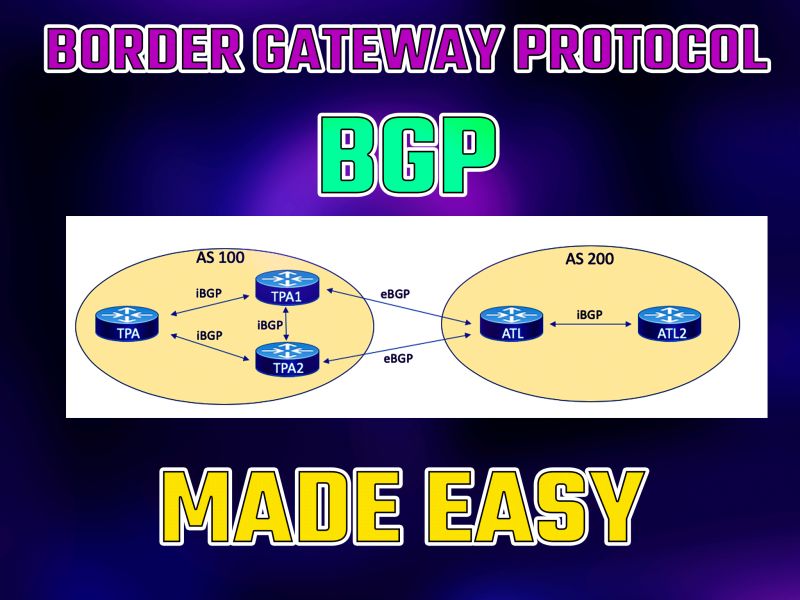Quick BGP Troubleshooting Guide.
March 06, 2025

A concise step-by-step approach to resolve BGP connectivity issues in under 30 minutes.
Basic BGP Troubleshooting Guide:
If you're facing issues with BGP or connectivity, here's a streamlined troubleshooting approach to resolve it quickly.
Check BGP Neighbor Status:
Use the command show ip bgp summary or show bgp neighbors to check the status of BGP peers. If the status is "Idle" or "Active," there’s a problem with the BGP session.
Verify Network Connectivity:
Ping or traceroute to the BGP peer's IP address. If there’s no response, check the underlying network for issues like routing or link failure.
Verify IP Configuration:
Ensure correct IP address and subnet mask configuration. For IPv4, check that the addresses are in the same subnet if the BGP session is directly connected.
Check BGP Configuration:
Verify that the Autonomous System (AS) numbers and neighbor IPs are correct on both sides. Use show run | include bgp or show ip bgp neighbors to confirm. Check BGP Authentication (if enabled).
If MD5 authentication is used, ensure that the same password is set on both peers. A mismatch will prevent session establishment.
Ensure TCP Port 179 is Open:
BGP uses TCP port 179. Ensure there are no firewalls or ACLs blocking this port.
Clear BGP Sessions:
If the session is stuck, try clearing it using clear ip bgp or clear bgp all.
Check Route Advertisements:
If the session is up but no routes are exchanged, verify that the correct networks are being advertised using show ip bgp.
Restart Devices if Needed:
If all else fails, restarting the router or network equipment can help reset configurations and clear any lingering issues.
This guide should help you resolve BGP-related connectivity issues within 30 minutes.

